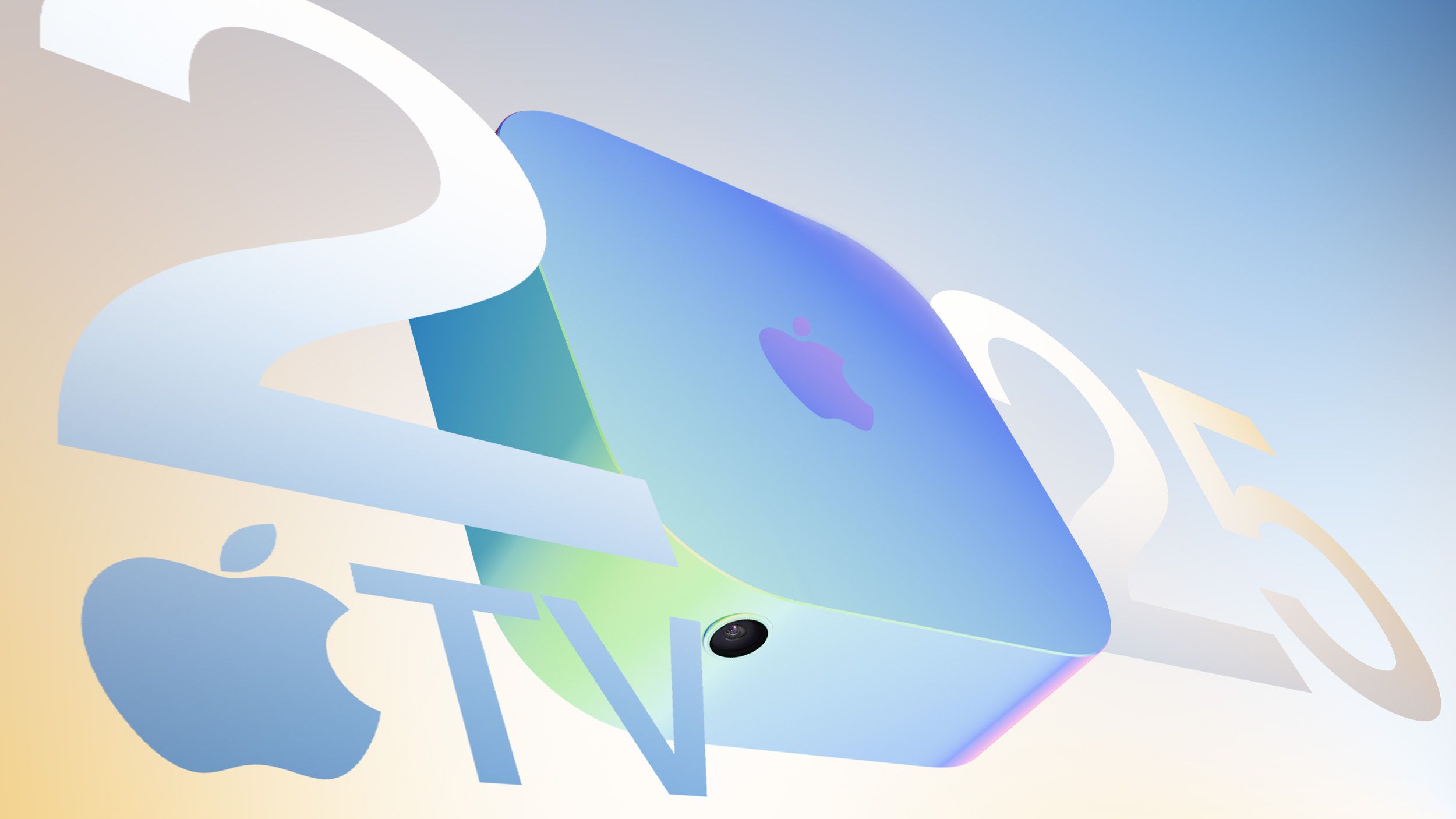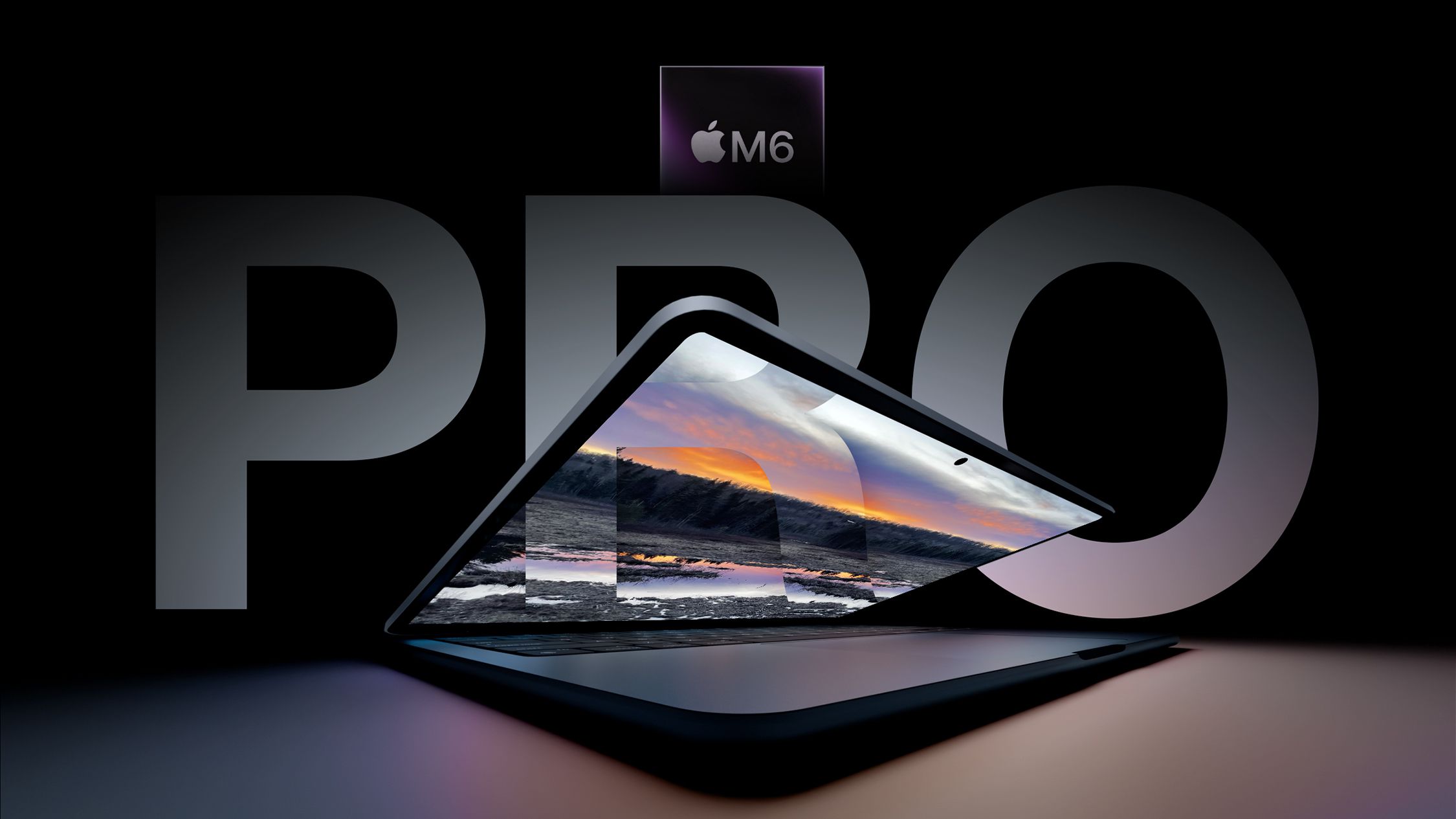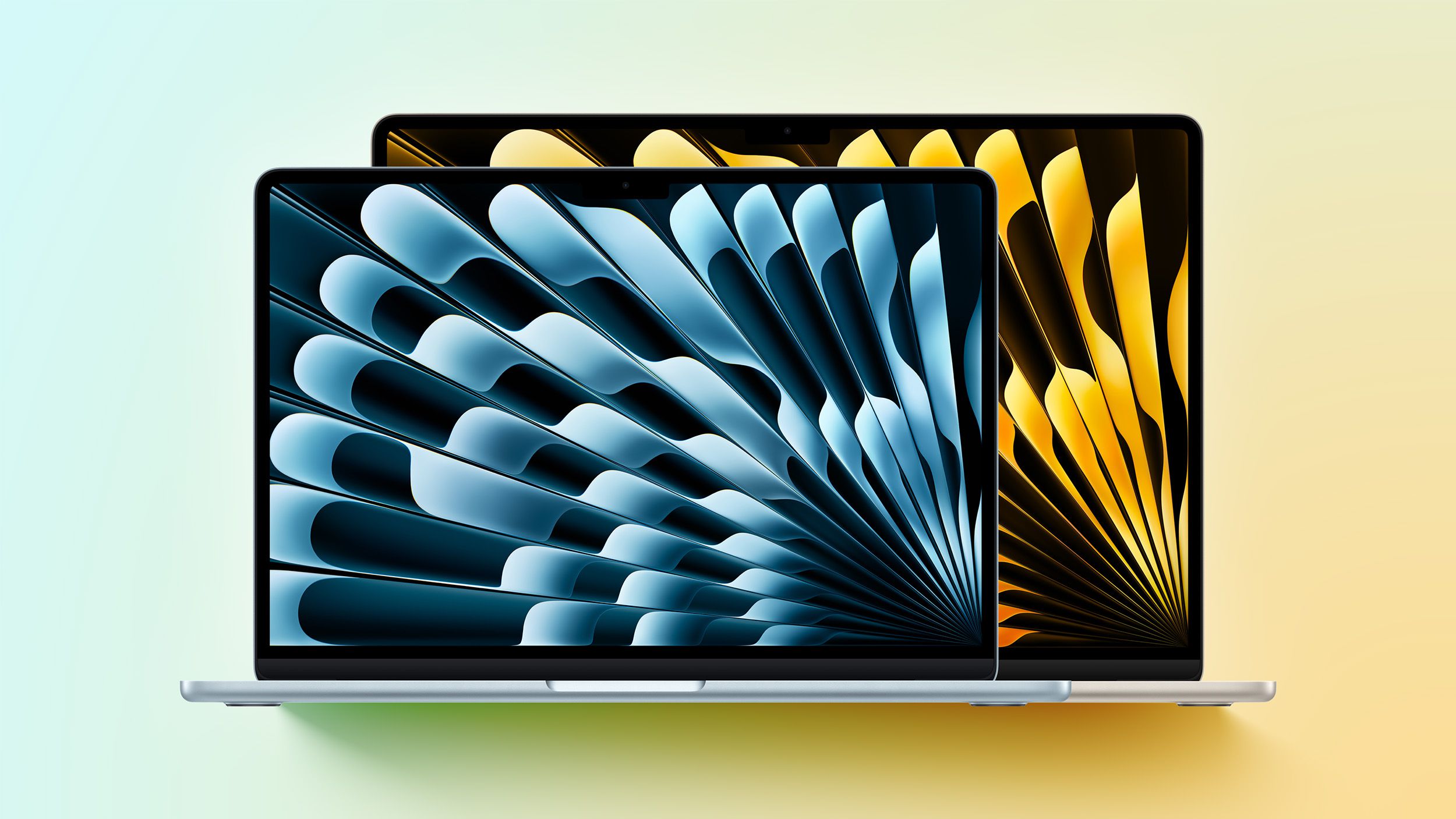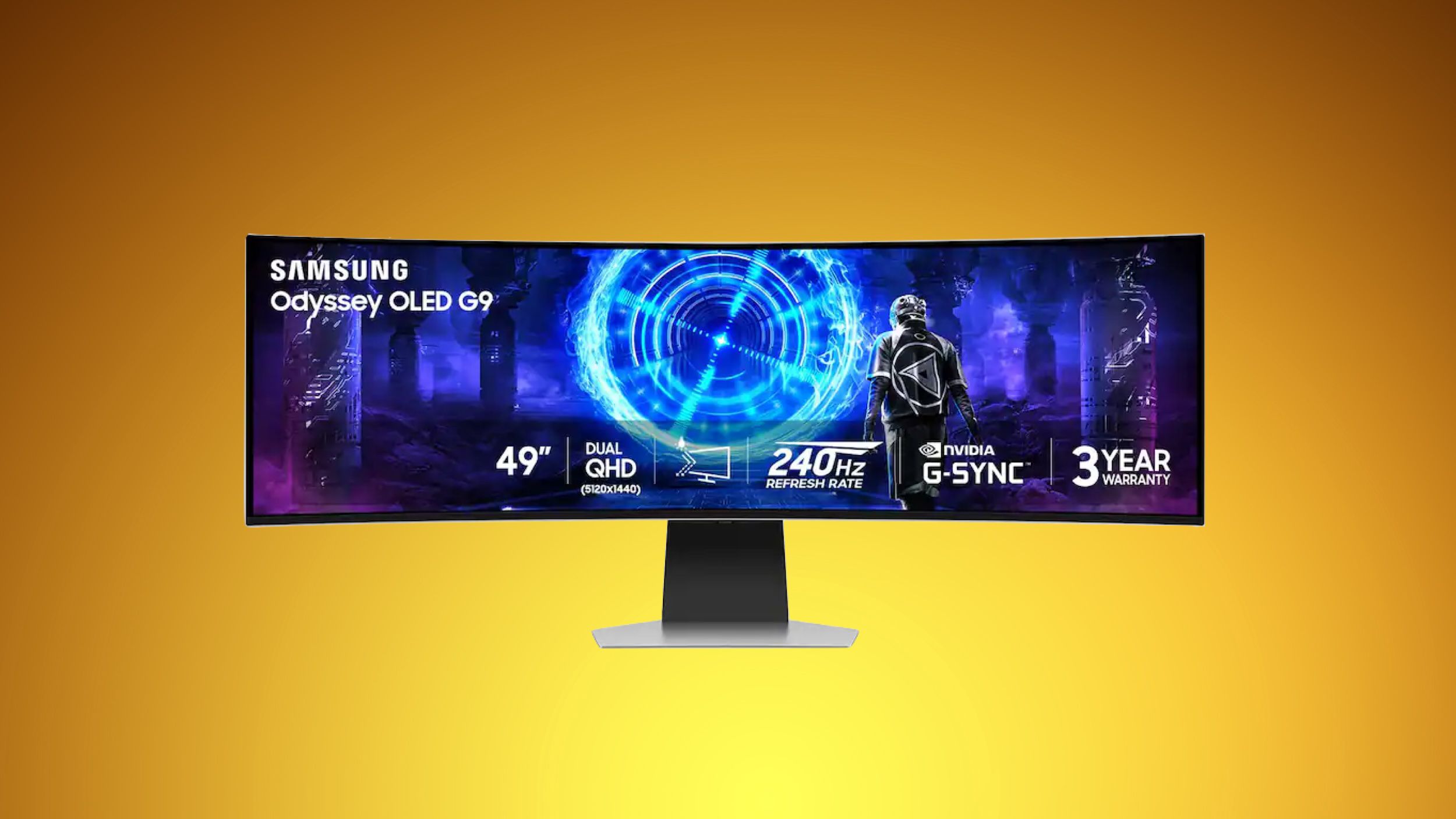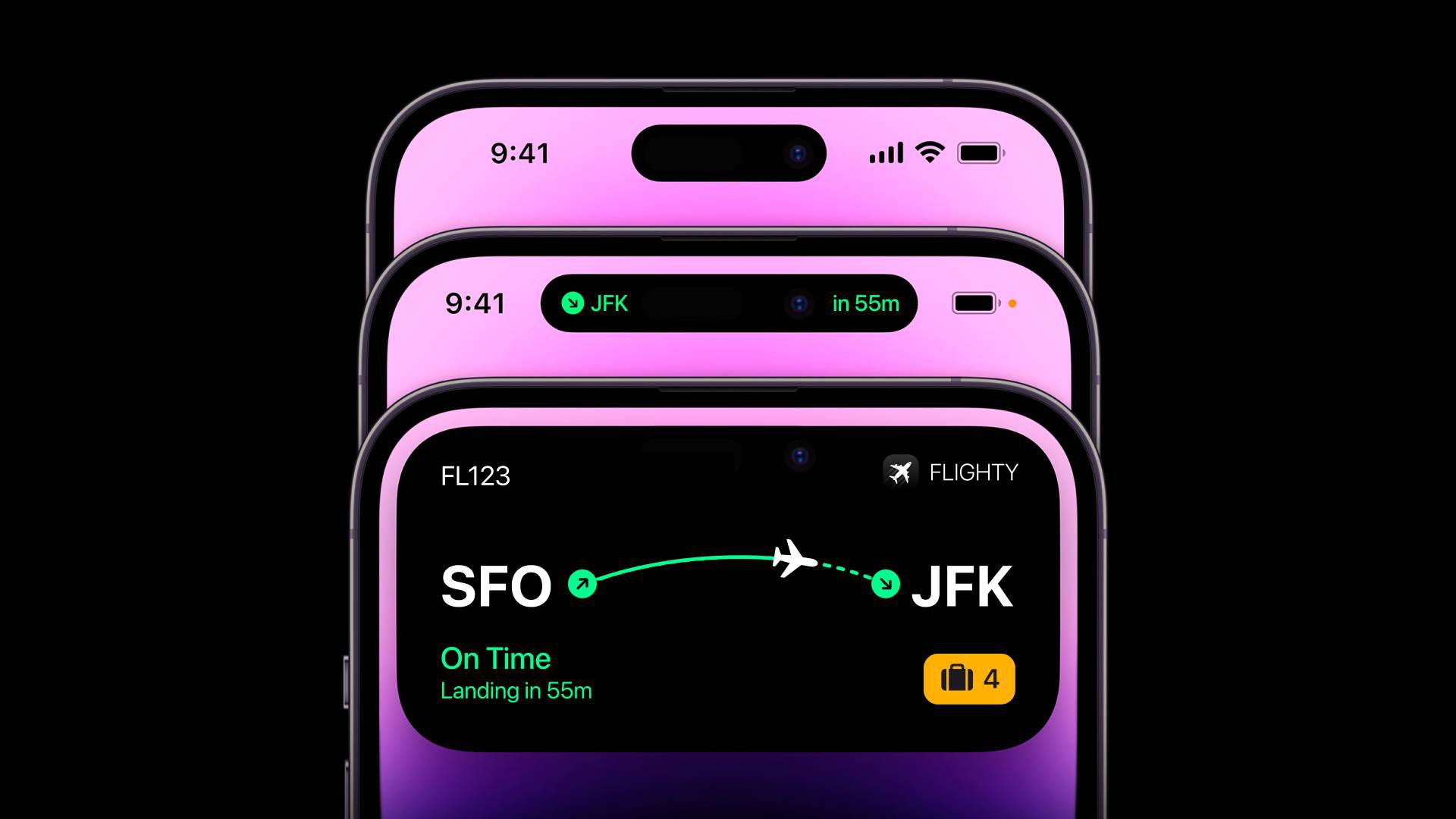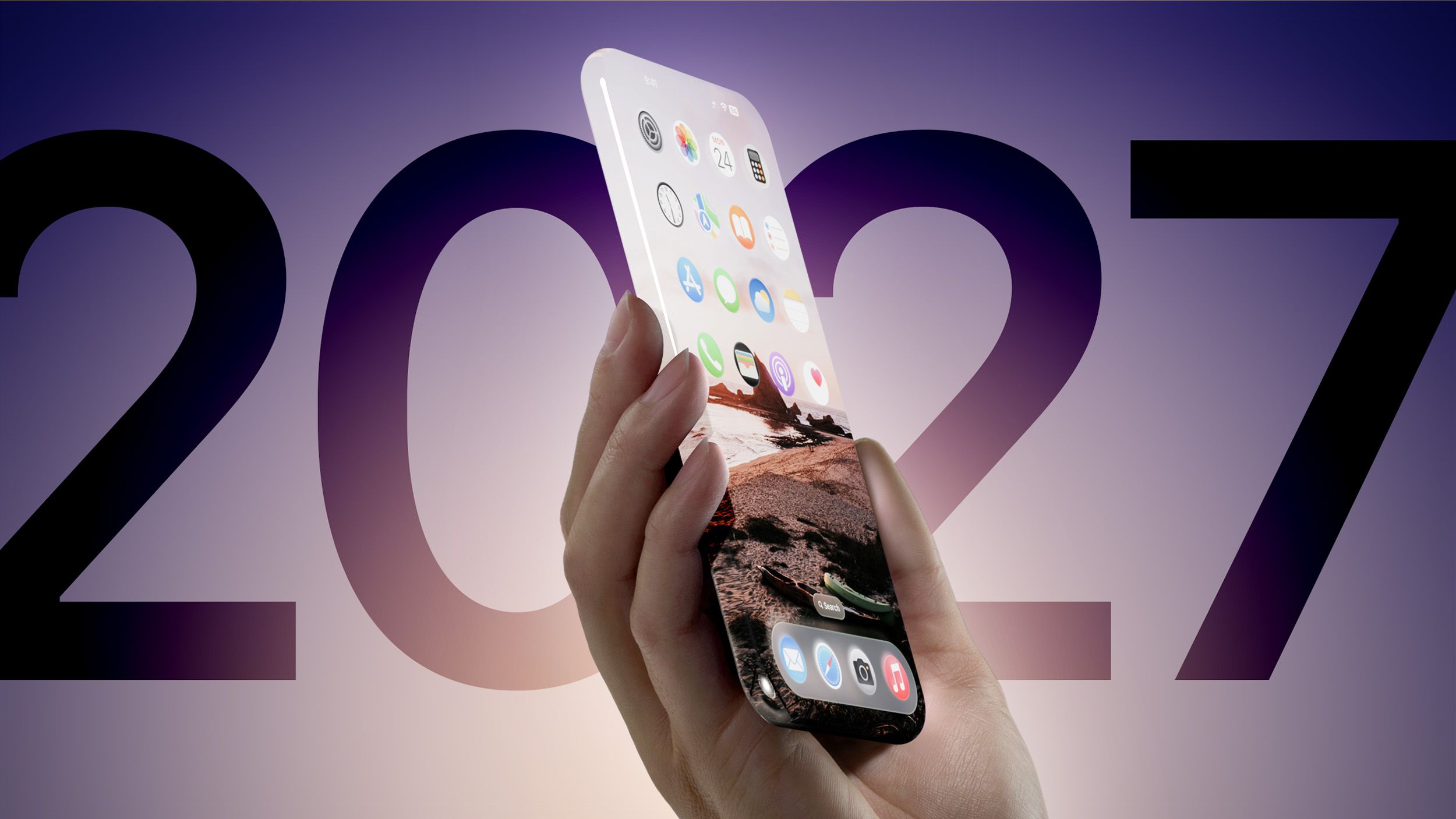How artist-driven AI is rewriting the economics of animation.
In the traditional animation pipeline, production has always been the costliest phase.Once development and pre-production are completed — the story written, designs locked, and animatics approved — the bulk of the budget flows into production: modeling, rigging, animation, lighting, rendering, compositing, and post.
These are labor- and time-intensive processes that consume 60–70% of most animated projects’ budgets.But with the rapid evolution of artist-driven AI-assisted workflows, that paradigm is about to flip.From Industrial Pipeline to Creative Sandbox AI is collapsing the production hierarchy that has dominated animation for decades.
Tasks once requiring armies of specialists and months of iteration — such as layout, lighting, and secondary animation — can now be executed by a single artist using intelligent tools.AI platforms like Runway, Pika, Wonder Studio, Dreamina and KlingAI are giving individual creators cinematic-level control, while diffusion-based image generation and text-to-motion models make the line between concept and execution increasingly thin.This convergence means that development and pre-production — once considered the “cheap” stages — now demand greater creative investment.
The artistry, data training, and prompt design that shape an AI-assisted production are all frontloaded.The emphasis shifts from managing labor to curating ideas, crafting style guides, and designing the generative logic that will drive the rest of the pipeline.Pre-Production Becomes the New Production In an AI-powered studio, pre-production is no longer a mere planning phase.
It’s where 80% of the creative DNA is encoded.A director’s “prompt bible” replaces a conventional shot list.A design lead’s iterative training of style and motion models replaces weeks of animation revisions.
Instead of handing off storyboards to a large team, small cross-functional pods create working scenes in real time — refining tone, pacing, and visual grammar before rendering even begins.As a result, the percentage of budget allocated to development and pre-production may soon exceed that of production itself.What once was 20% of a project’s total cost could easily rise to 50% or more, reflecting the frontloaded intellectual and aesthetic labor of AI-era filmmaking.
The Shrinking Budget The flip in percentage distribution comes alongside a drop in total cost.With generative AI reducing the need for large animation teams and extensive outsourcing, production costs fall dramatically.Projects that once required millions of dollars and hundreds of artists can now be achieved with a fraction of the resources — enabling a new wave of boutique studios and creator collectives to compete with legacy players.
This democratization doesn’t imply a creative downgrade; rather, it redefines production value.A single visionary creator — armed with AI tools — can generate an entire visual world with the same fidelity once reserved for major studios.The focus moves from industrial scale to creative precision.
The Economic and Cultural Impact This inversion of budget structure will reverberate through every level of the industry.Investors and studios will need to rethink financing models that rely on milestone-based production spending.Development grants and early-stage investment will carry more weight, as projects will be largely “look-complete” before traditional production even starts.
Meanwhile, creators who master AI previsualization and generative systems will gain unprecedented leverage — as both the originators and executors of their visions.Lower total budgets also mean faster turnaround times and more projects in play, leading to a renaissance of diversity in storytelling and style.In this ecosystem, risk-taking becomes cheaper, experimentation becomes standard, and animation finally fulfills its potential as a truly creator-led medium.
The Studio of One The future of animation is one in which the “studio of one” becomes the new norm.AI-assisted tools won’t just streamline production — they’ll rebalance the entire budgetary equation, placing value where it belongs: in the earliest creative stages.As the percentages invert and costs fall, animation will enter a new golden age of artistic sovereignty, where the boundaries between dreaming, designing, and delivering are all but erased.
Here is an inkling of that golden age, as represented by the work of my long-time friend and colleague Lan Feng — a talented Chinese artist and storyteller who has mastered traditional media while embracing the creative affordances of new technologies, such as AI…
BOBO & MONET and WU DAOZI: THE SAGE OF PAINTING (by Lan Feng)
The future is NOW.Kevin is the author of AWN's Reality Bites blog, his musings on the art, technology and business of immersive media (AR, VR, MR) and AI.You can find Kevin's website at www.kevingeiger.com and he can be reached at [email protected].
A Creator’s Manifesto
Nobody’s Buying, So Stop Begging
Hitting One For The Home Team
Overheard At Annecy
Imperfect Storm
Skipping the Shark
Progress and the Cycle of Creativity


